Table of Contents
Whether you want to hang something on the wall or attach pieces to your project, a handy yet powerful drilling tool will do the trick. Well, that’s because they let you dig holes in wood, plastic, and even concrete materials to match your needs.
From DIY enthusiasts to professional workers, everyone relies on a drilling tool for their tasks. In most cases, drilling tools are explicitly designed to serve specific purposes, so every drilling tool isn’t ideal for every job. Hence in this article, we are going to discuss the type of drills and their uses so that you can have an in-depth idea of different drills and make up your mind to choose the one that suits your job.
You can categorize drilling tools into two parts. One is the manual drill that requires no power, while the other is the power drill that can be battery-powered or corded to a wall socket. So let’s dive deeper for a better understanding of different types of drills and their usage on the job site.
Traditional Drill
Let’s start with the Traditional Drills. These drills have been a lifesaver since old ages as they require less manual power to drill through solid objects. Plus, they are very easy to use, and most importantly, they don’t need any additional power to make them run.
- Hand Drills
Among the manual drills out there, Hand Drills are the simplest yet most popular drill. They are simple to use, especially when you are planning to pre-hole on something. For that, turn the bit from left to right and vice versa to stick firmly in your desired spot. Then, keep on turning the bit to the right to reach your required depth. So, they are ideal for working on softwood, plastic, and even soft metals.
- Brace Drills
Another popular drill is the Brace Drill. They have a “ U ” shaped frame that allows you to turn the chunk and drill through the woods. These are the perfect choice among carpenters for larger-diameter holes or precisely diving long screws into wooden furniture.
Moreover, there are other drills such as Crank Drills that drill into hard metals such as steel, Post drills, Push Drills, and much more.
Power Drill
Despite serving you with precise drilling and other benefits, traditional drills are lagging behind Power Drills. That’s because power drills provide much greater strength to complete your work efficiently. Plus, they offer speed and power customization capability to use different materials effortlessly. Moreover, they come with built-in battery and cord options as well for added convenience.
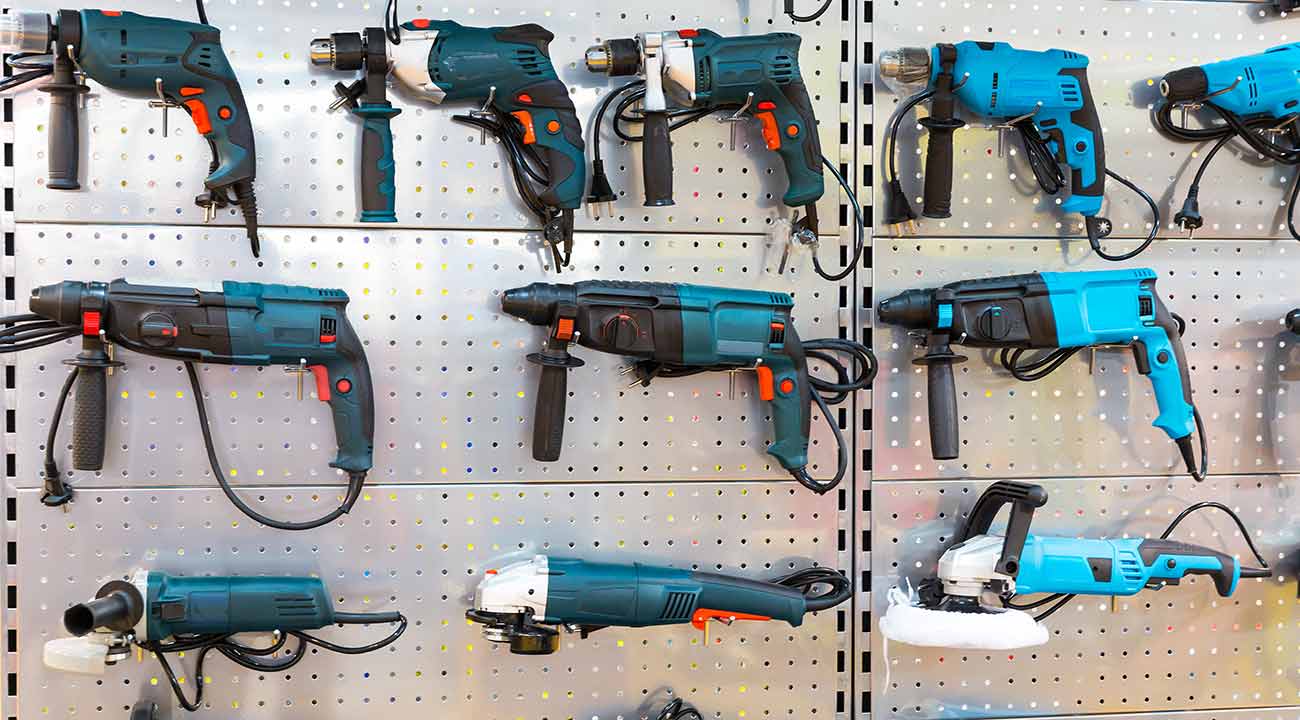
- Hammer Drill
In the world of power drills, the most popular name you will come across is the Hammer Drill. It has a “hammering” feature that lets you drill through tough materials such as metal, stone, concrete, etc. Based on your need, you can switch between rotating or hammering or even use both.
- Rotary Hammer Drill
Next, we have the Rotary Hammer Drill. Utilizing the working algorithm of standard hand drills, they come with an extra grip for better handling. Also, they replace typical cam plates for getting better acceleration on drill bits.
- Benchtop Drill Press
Benchtop Drill Press is ideal for Jobsite that requires repetitive yet precise drilling for same-sized holes.
- Combination Drill
The Combination Drill is a mix of both hammer and impact drills. So based on the materials and requirements, you can choose between the modes within a single drilling tool.
- Ground Auger
If you need more power and precision for heavy-duty work, the Ground Auger is the perfect drill to serve the purpose. It uses external power sources such as Wall outlets or Gas power to run its powerful motors. Moreover, it uses aggressive and wide drills to crush through hard-to-crack rock or ground and removes dirt at the same time. And that makes your digging work faster and smoother than a typical shovel or hole digger. In addition, some Ground Augers come with sharper blades and built-in batteries for greater convenience and constant service.
- Impact Drivers
And at last, we have the impact drivers. Normally they can’t be named as standard drills, but they combine a rotating hammer and anvil mechanism in them. They feature chucks that are compatible with a twist bit, spade bit, and much more. Hence you can rotate the screw or Bits with greater turning force than a standard drill can ever produce.
In short, different types of drills will assist you in your worksite with the power and precision you need to complete the project both efficiently and effortlessly. While the debate may arise between traditional and power drills as they offer different benefits and usage, the choice solely depends on you choosing the right drill that fits your job.
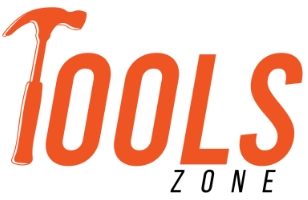
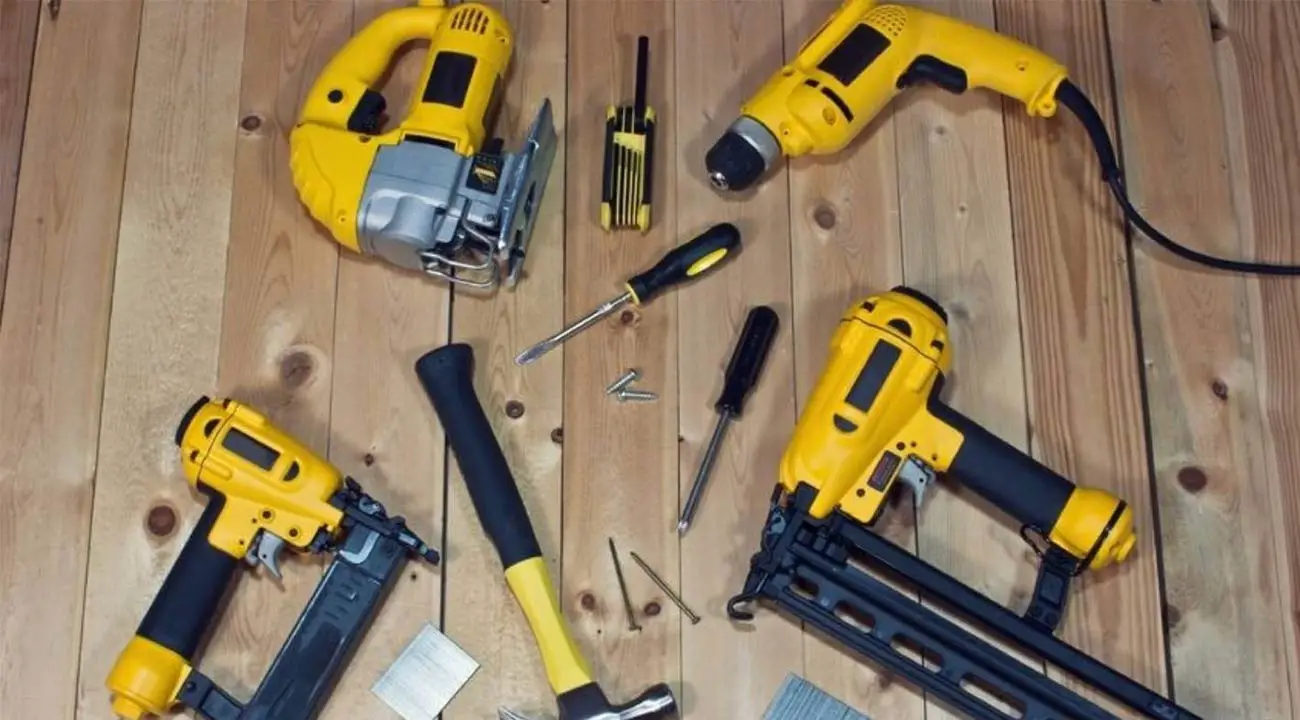
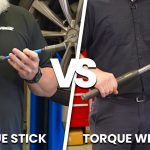




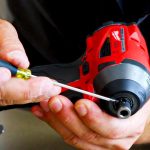


Leave a Comment